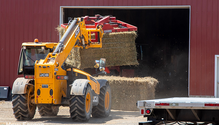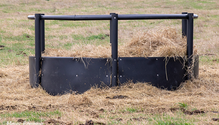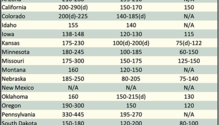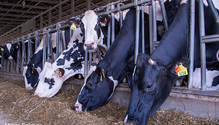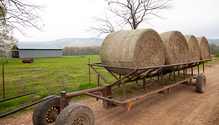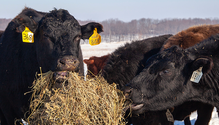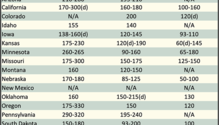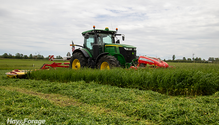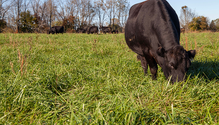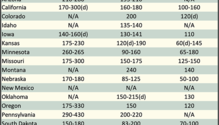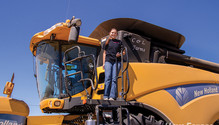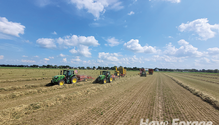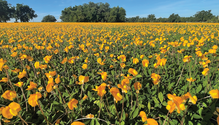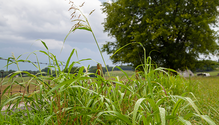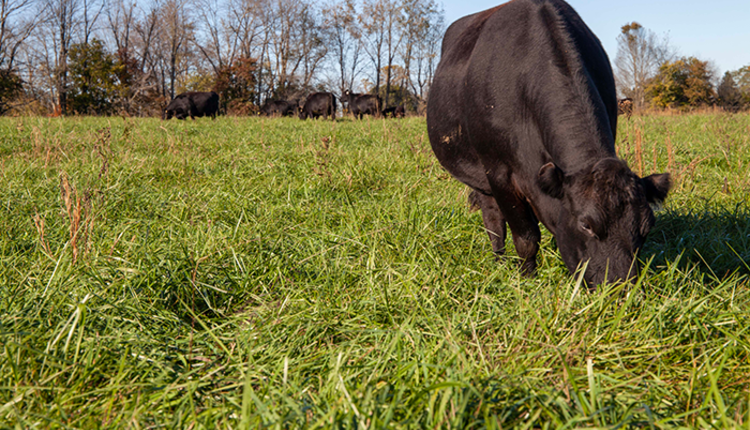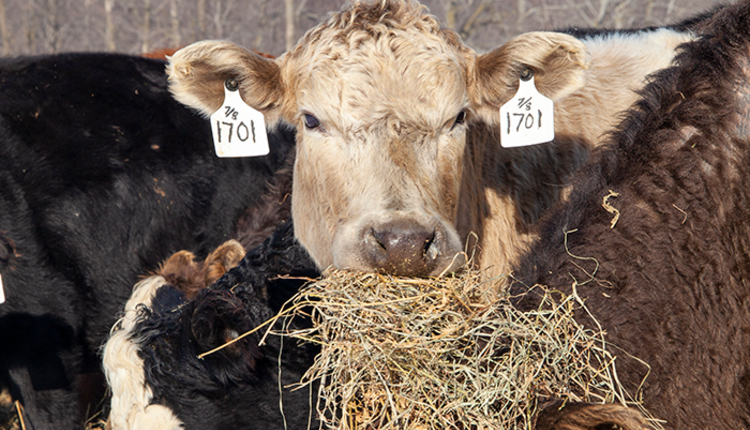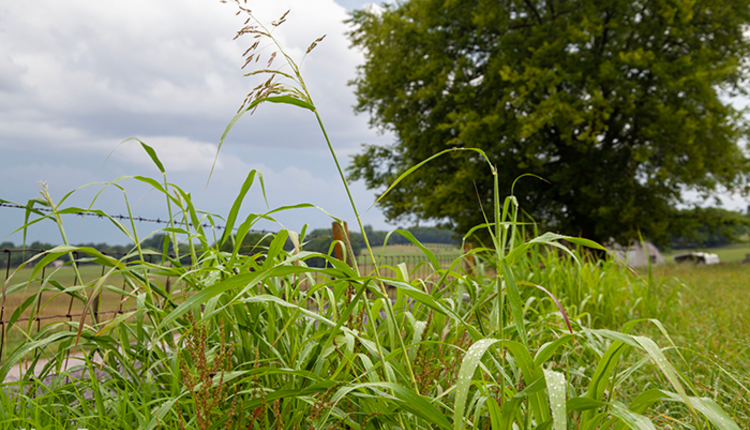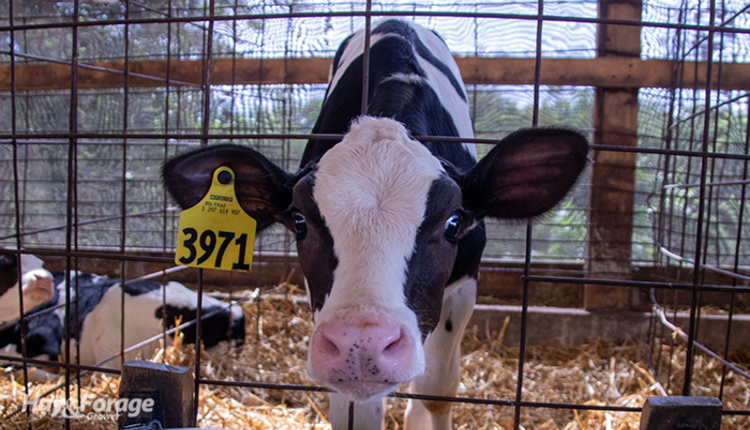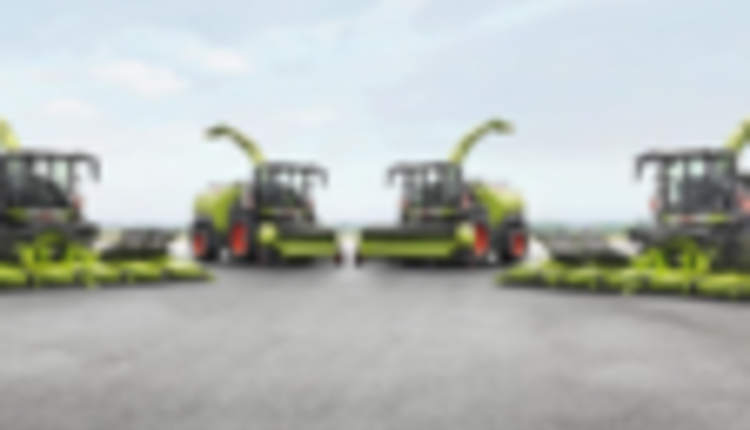Close
November 4, 2025• The Wisconsin Cover Crop Data Network (WCCDN) is looking for farmers to contribute cover crop forage samples and survey responses to expand its project data. Find more information
Virtual fencing is not a new concept, but its adoption by livestock producers is constantly growing and changing. There are essentially as many strategies for virtual fencing as there are farmers usin
As the hay cycle transitions from making to selling, be reminded that most people are honest and well intentioned, but just one nefarious hay buyer can make for a really bad day.KXII, a television sta
If you’re like me, your kitchen has a cupboard designated for leftover containers, which may or may not all have the correct lids. Those containers get some extra use this time of year to prevent
Below are examples of alfalfa and grass prices being paid FOB barn/stack (except for those noted as delivered, which are indicated by a "d" in the table below) for selected states at the end of
In a recent Hoard’s Dairyman webinar titled “A feed and forage outlook for the year ahead,” Mike Hutjens with the University of Illinois summarized the highs and lows of corn silage and
As my wife and I prepare to move to a different house, I find myself carrying a lot of boxes. Many of the boxes are the uniform type that reams of paper are shipped in. Although all the boxes are fill
Bale grazing saves time and labor during the coldest months of the year. Moreover, putting bales out on a pasture in a grid pattern, and using temporary fence to strip graze cattle through the rows, f
Below are examples of alfalfa and grass prices being paid FOB barn/stack (except for those noted as delivered, which are indicated by a "d" in the table below) for selected states at the end of th
The colder months ahead require farmers to winterize hay equipment, take inventory of stored forages, and draw up plans to feed livestock. As we wrap up forage production for 2025, it’s a good time
Mother Nature dictates how we farm. The problem, of course, is that we can’t predict the fickle nuances of rain events or droughts. As such, we play the odds and hope to roll sevens instead of snake
Slow pasture growth due to drought conditions limits more than forage yield and grazing potential — it can reduce beta carotene levels in plants and raise the risk of vitamin A deficiencies in
Below are examples of alfalfa and grass prices being paid FOB barn/stack (except for those noted as delivered, which are indicated by a "d" in the table below) for selected states at the e
Over the past several years, researchers conducted a study at the Central Maryland Research and Education Center-Clarksville dairy farm to investigate the effects of improved grazing management on pregnant
It’s tough being a teenage girl. Take it from me — I used to be one. It’s also tough harvesting grass seed all day when the heat spikes and dust clouds hover during the hottest stretch
As we look ahead to winter, plan to get your equipment in the shop and give each haymaking tool a good maintenance makeover. Adam Verner, balers
“I have good days and bad days, but I just love what we get to do every day,” said the fifth-generation Ohio hay and grain farmer who has long-term aspirations beyond just improving hay yield,
Integrating legume species into grass monoculture grazing systems provides farmers with greater flexibility to maintain production levels while reducing off-farm inputs, avoiding escalating nitrogen (N)
There are few businesses that I appreciate more than a trusty convenience store. The best ones are located right along the highway or near an offramp to minimize detours. They earn my repeat business
Is it beneficial or is it harmful?Could it be both?It’s always been interesting that a few forage species garner a wide range of opinions. People often either love them or hate them for good or not
..
Visit our partner publications:
Hoard's Dairyman | Journal of Nutrient Management

